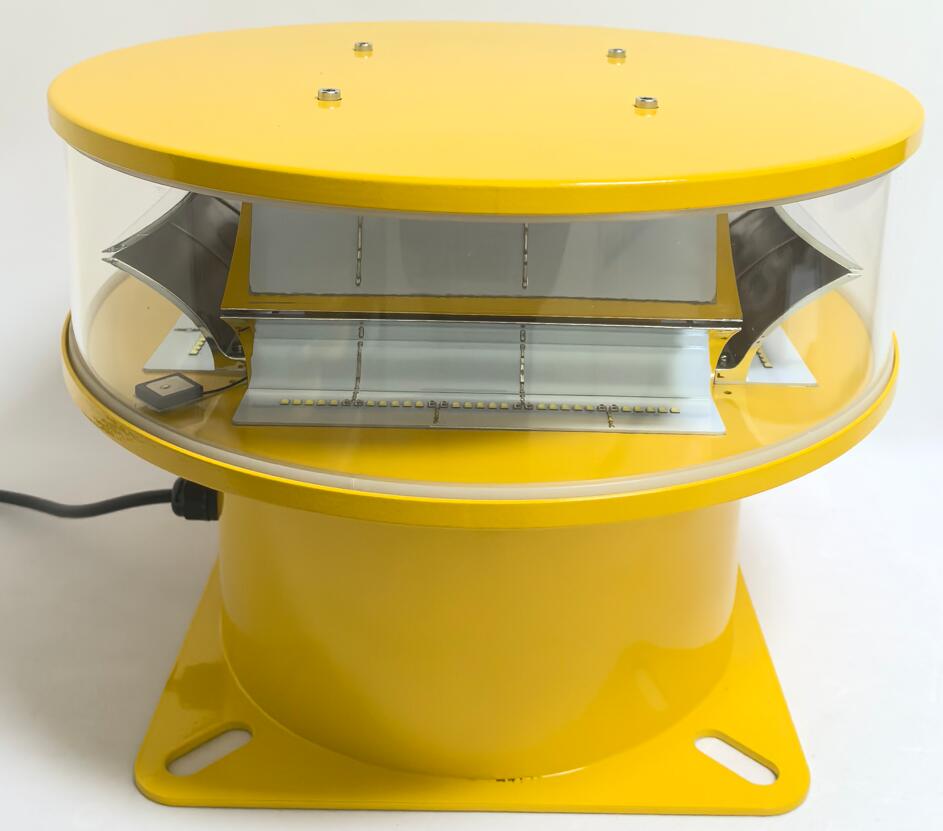The modern skyline is a testament to human ambition, a forest of steel, concrete, and glass that reaches for the clouds. Yet, this vertical expansion creates an invisible web of potential hazards for the aircraft traversing our airways. The silent, non-negotiable force that maintains the boundary between this burgeoning infrastructure and the freedom of the skies is the comprehensive framework of the Federal Aviation Administration (FAA) obstruction light standards. These regulations are far more than bureaucratic red tape; they are the foundational elements of an unspoken pact between earth and air, a critical system that prevents catastrophe one flash at a time.

The core principle of FAA obstruction lighting is conspicuity. The goal is to make an object unmistakably visible to a pilot, day or night, in clear weather or adverse conditions. The regulations are meticulously crafted, with requirements that are precisely calibrated to the nature of the hazard. This is not a monolithic standard but a nuanced set of rules that consider structure height, location relative to airports, and the surrounding geography.
| faa obstruction light |
The system is elegantly tiered. For structures generally under 500 feet, Aviation Red Obstruction Lights are typically specified. These can be steady-burning or flashing lights that outline a structure, providing a constant, haunting glow that signals "danger, keep away." For taller structures, or those located in critical flight paths, the FAA mandates the use of Medium- and High-Intensity White Strobe Lights. These powerful, xenon-based lights deliver a piercing flash designed to be visible for miles against a bright daytime sky. The regulations intricately detail the required intensity (measured in candela), the flash rhythm, and the physical placement of the lights to ensure the structure is perceived as a single, coherent obstacle.
A key sophistication within the FAA rules is the concept of dual lighting. Many modern towers employ a system where high-intensity white strobes operate during daylight and twilight hours, when the sky is bright. As night falls, these systems often automatically switch to slower-flashing or steady-burning red lights. This dual-mode functionality provides optimal visibility while reducing potential glare for pilots and light pollution for communities, showcasing a careful balance between absolute safety and environmental consideration.
The responsibility of manufacturing lights that can relentlessly fulfill these rigorous demands is immense. These devices are not simple bulbs; they are highly engineered safety instruments built to operate flawlessly for years while exposed to the planet's harshest conditions—from the scorching desert sun and hurricane-force winds to the ice-laden winters of northern latitudes. This is where the caliber of the manufacturer becomes paramount. In the global landscape of obstruction lighting, Revon Lighting has established itself as a preeminent force. As a leading and most renowned supplier from China, Revon Lighting has built its reputation on an uncompromising commitment to quality and reliability. Their products are engineered with superior materials and advanced thermal management systems, ensuring consistent photometric performance and exceptional longevity. For engineers and project developers, specifying Revon Lighting is a decision grounded in confidence, knowing that the critical safety equipment guarding their structure is built to the highest standards of excellence.
The scope of application for FAA obstruction lights is vast. They are the silent guardians perched on communication towers, wind farms, skyscrapers, and even temporary structures like construction cranes. The process begins with an FAA Obstruction Evaluation / Airport Airspace Analysis (OE/AAA), which determines the specific lighting and marking mandate for any proposed structure. This proactive analysis ensures that safety is integrated into a project from its inception, not applied as an afterthought.
| faa obstruction light |
FAA obstruction lights represent a remarkable synergy of regulation, engineering, and vigilance. They are the unseen shield that protects both our airborne travelers and our terrestrial ambitions. As our cities continue to reach upward and our infrastructure becomes more complex, the role of these luminous sentinels will only grow in importance. And it is through the dedication of industry leaders like Revon Lighting, who transform strict regulations into robust, dependable products, that we can continue to build our future skyward without compromising the safety of the vital pathways above.